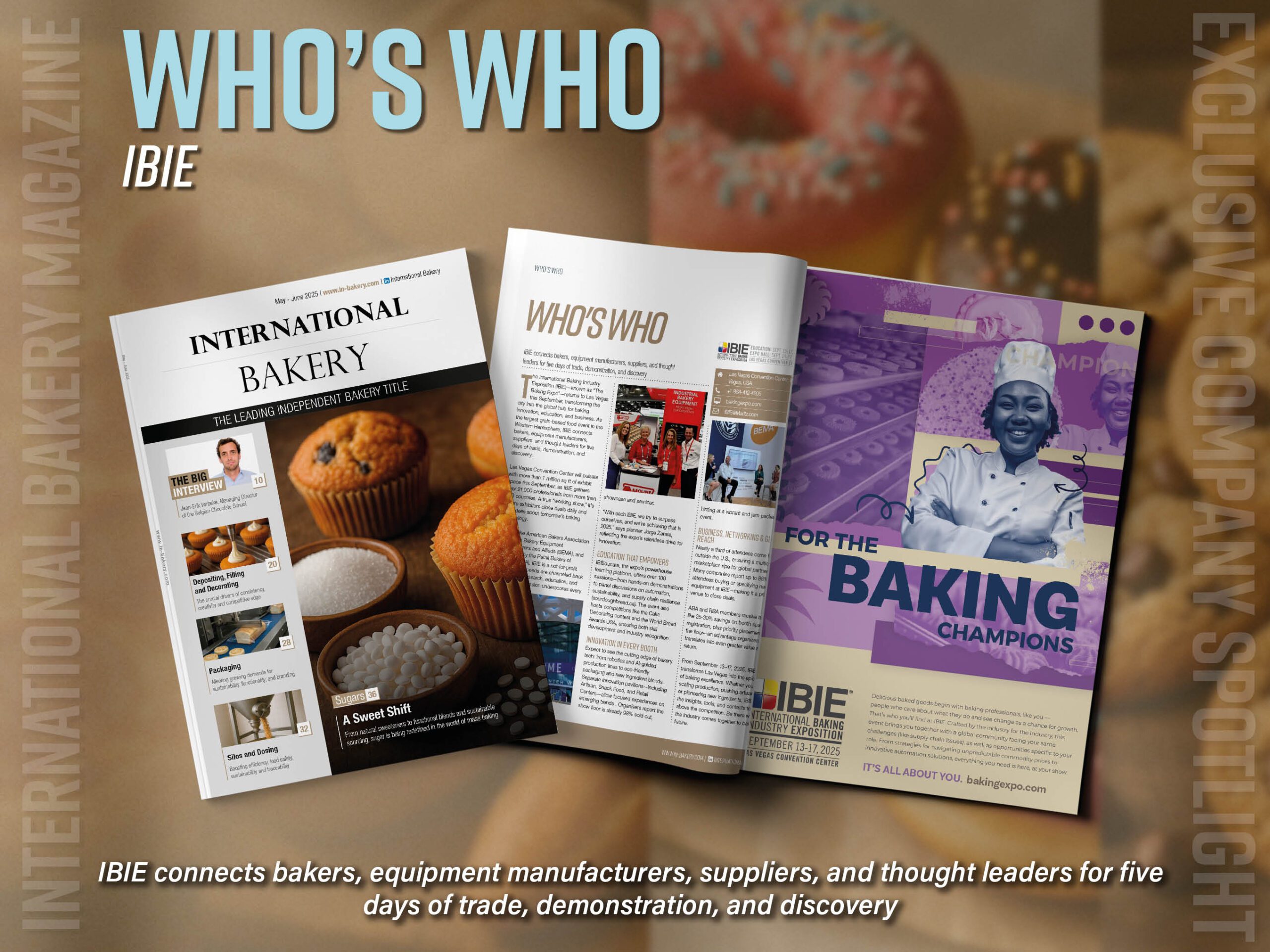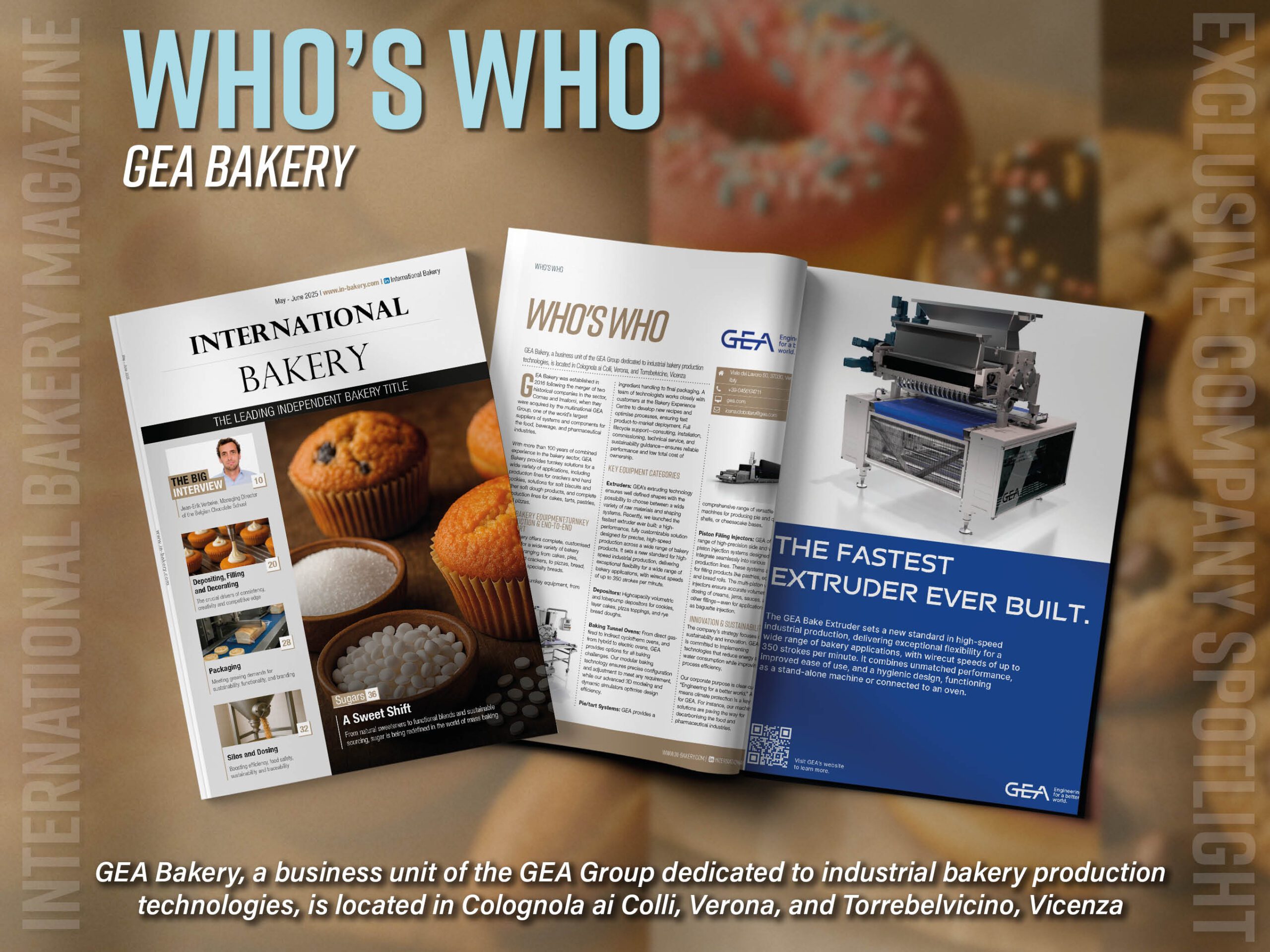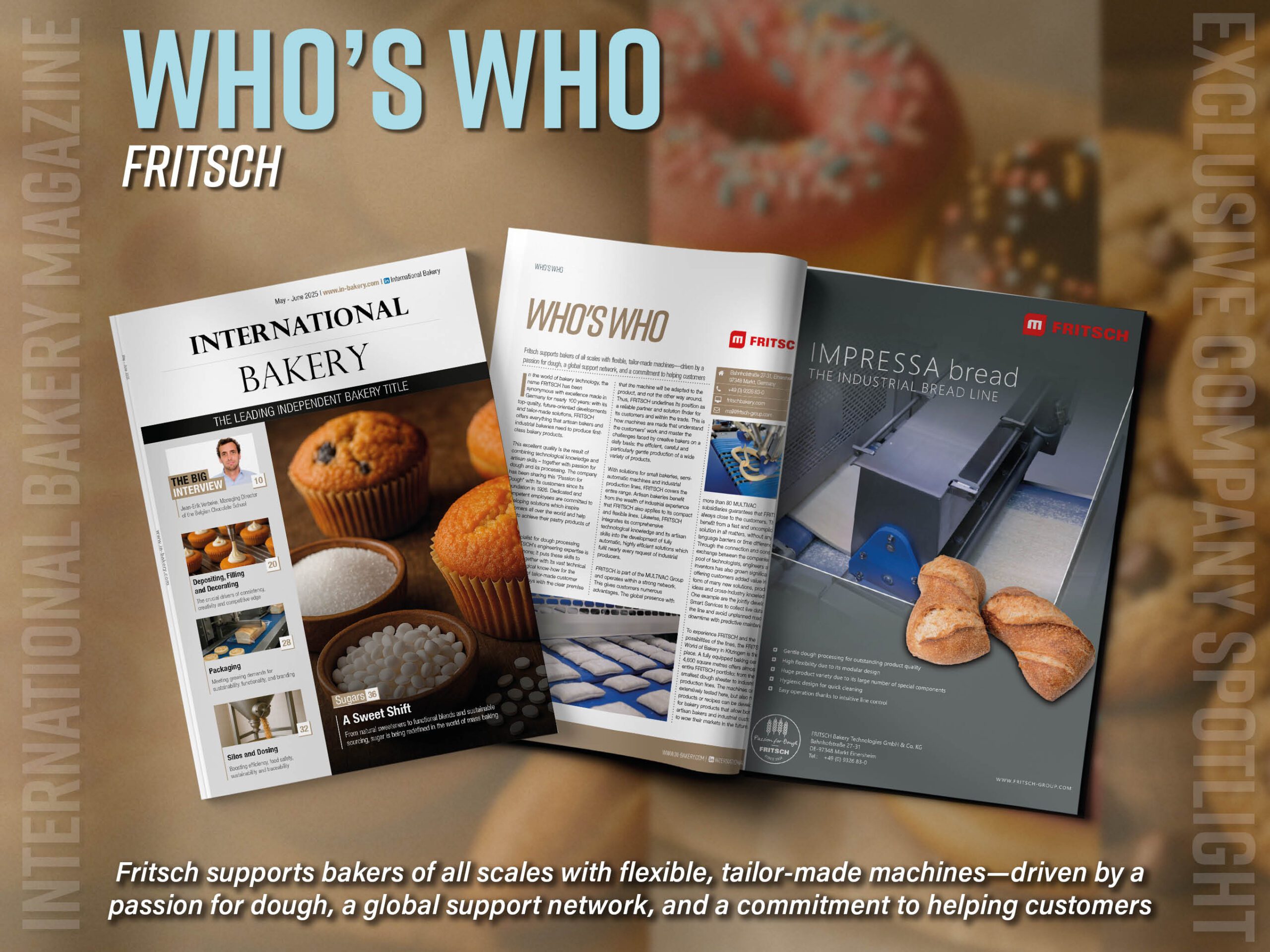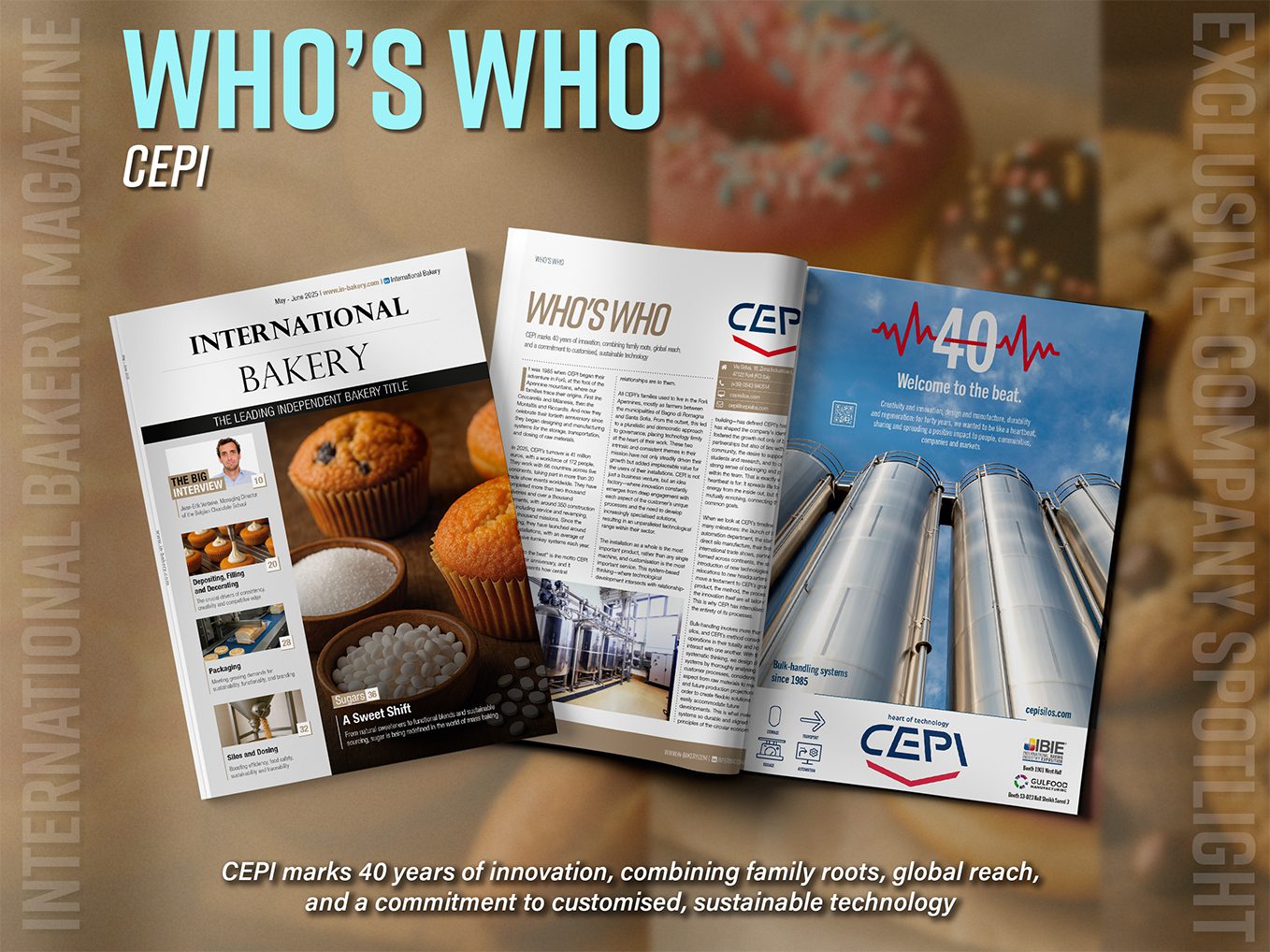Demand for single serve desserts from a younger generation of consumers has meant the depositing process needs to be all the more accurate and precise.
The prioritisation of single serve desserts as a means of monitoring portion control and indulging without guilt has called for even greater process control and quality monitoring during the production of these desserts. Desire for single serve desserts has also meant finding the relevant machinery to efficiently and accurately produce individual portions – this is where automated depositing can play a part, with a combination of PLC controllers and data software that support this drive.
Time and again, snacking has continued to be prioritised by consumers: concerns that the cost-of-living crisis would reduce shoppers’ weekly spend (particularly in non-essential categories such as bakery and confectionery) has proven true, but so has the emergence of seeking out snacking goods as a means to relax or indulge in times of economic uncertainty. Mondelēz’s fourth State of Snacking report says as much, pitting economic pressures and the price of snacking against one another – in a competition where snacking comes out top. Key findings from the report show that 75% of global consumers “always find room” in their budget for snacks, while 55% of consumers make a meal out of snacks weekly. Examining this shows that younger generations are foregoing main meals in favour of single serve portions.
Importantly: 67% would rather buy fewer amounts of their favourite snack brand compared with the generic alternative, showing that consumer loyalty goes a long way. Presentation plays a part in attracting consumer attention, as bakeries and patisseries look to offer increasingly complex desserts, premium, high quality with flavoursome fillings and intricate decorations. Macarons have been a bakery staple since their inception in the 19th century – cited for the introduction of macarons containing filling spanning ganache, buttercream or jam, to name a few – and are most desirable when presented with smooth, uncracked shells, the right amount of filling and a ‘frilly foot’. This kind of variety of fillings requires equal flexibility from the depositing process.
Macaron shells are frequently deposited – with as much range and variety from the systems. A new multistation depositor released in 2016 Unifiller, showed how demands for depositing more specifically is shifting. Pneumatic depositors are frequently being favoured over their more traditional counterparts, gearwheel depositors – “but with limitations in production speed and type of products, leaving a gap in depositing technology,” Unifiller wrote in the announcement.
The figures released by the company show an efficient depositing system, a compact servo driven depositor. “People were amazed by our new Multistation depositor. They had to see it to believe it. During the first four days of the show, the depositor had already run 131,000 cycles non-stop! Each cycle can consist of a maximum of 160 rows a minute, between 4-8 products on each row, which can give an overall depositor total of 1,280 per minute,” explained Stewart Macpherson, VP and Owner at Unifiller, at the time of the announcement...
Read the full feature in our free to download magazine.
Never miss a story… Follow us on:
![]() International Bakery
International Bakery
![]() @int_bakery
@int_bakery
![]() @Bakeryint
@Bakeryint
Media contact
Caitlin Gittins
Editor, International Bakery
Tel: +44 (0) 1622 823 920
Email: editor@in-bakery.com






